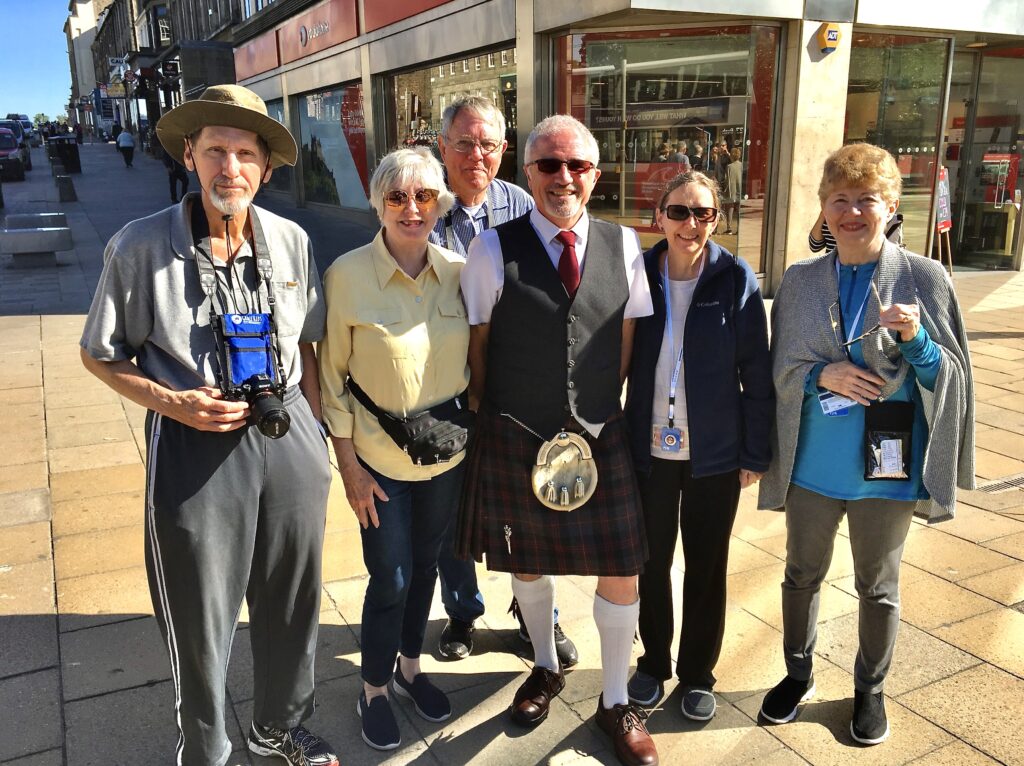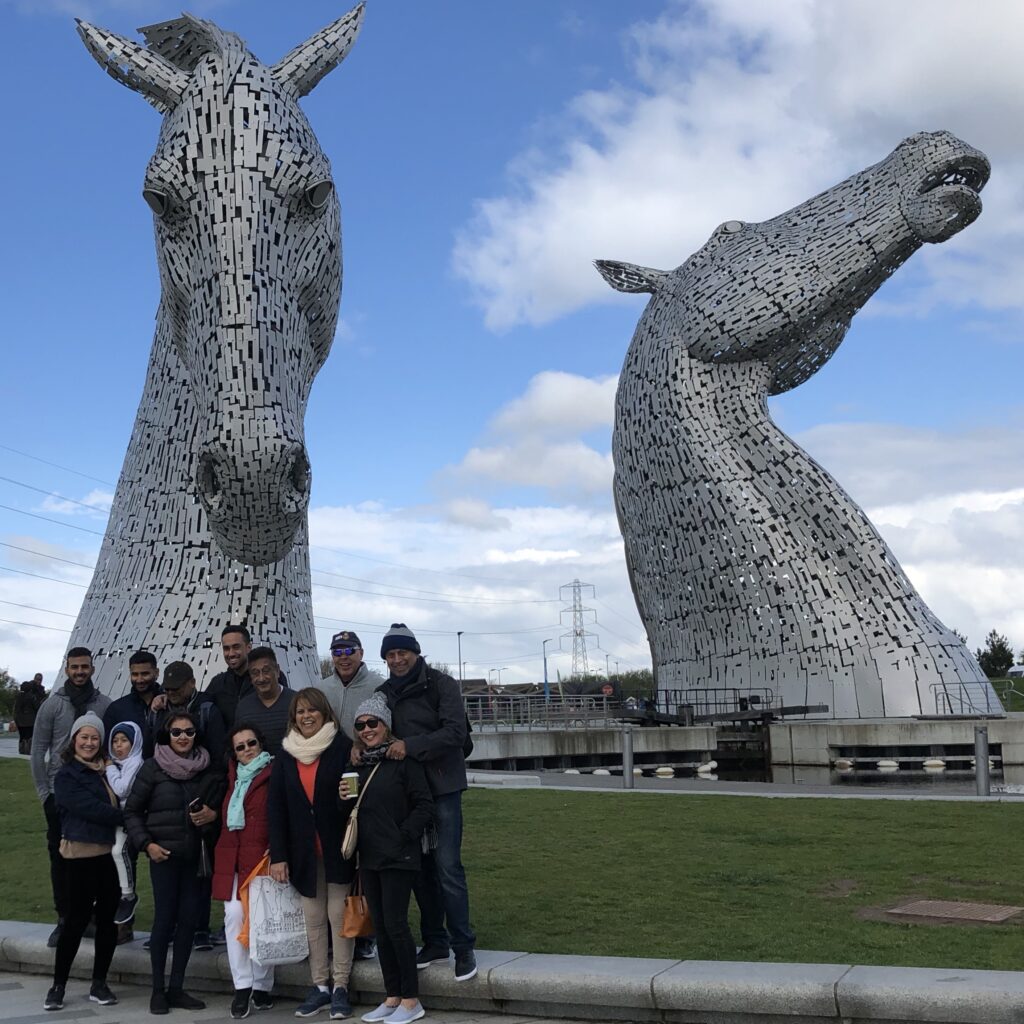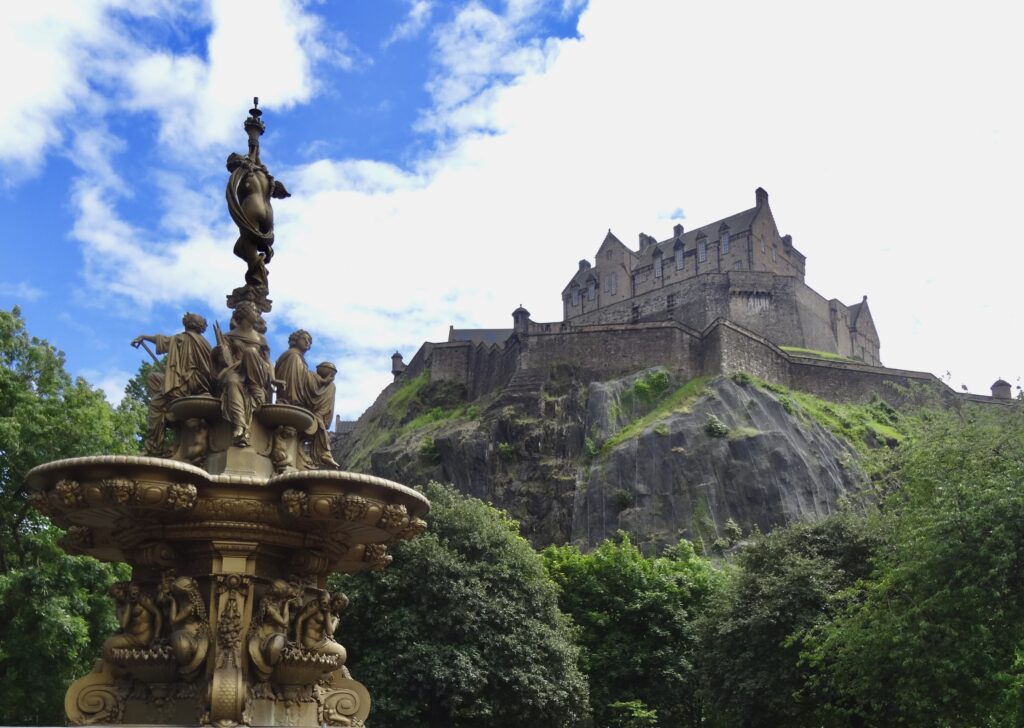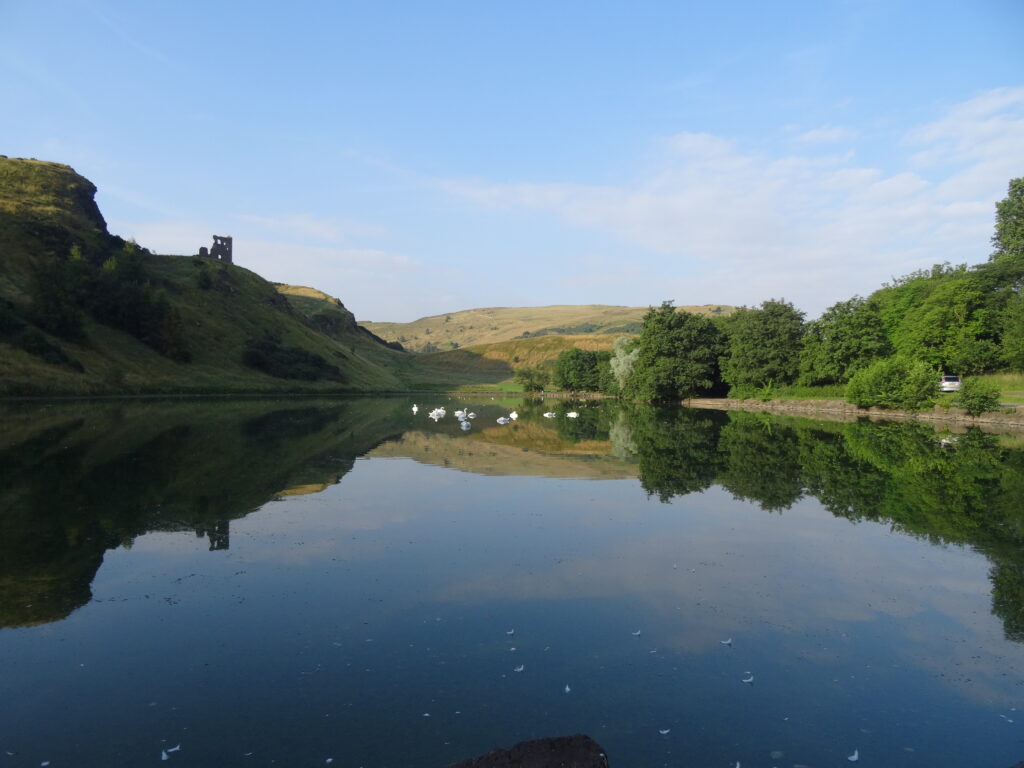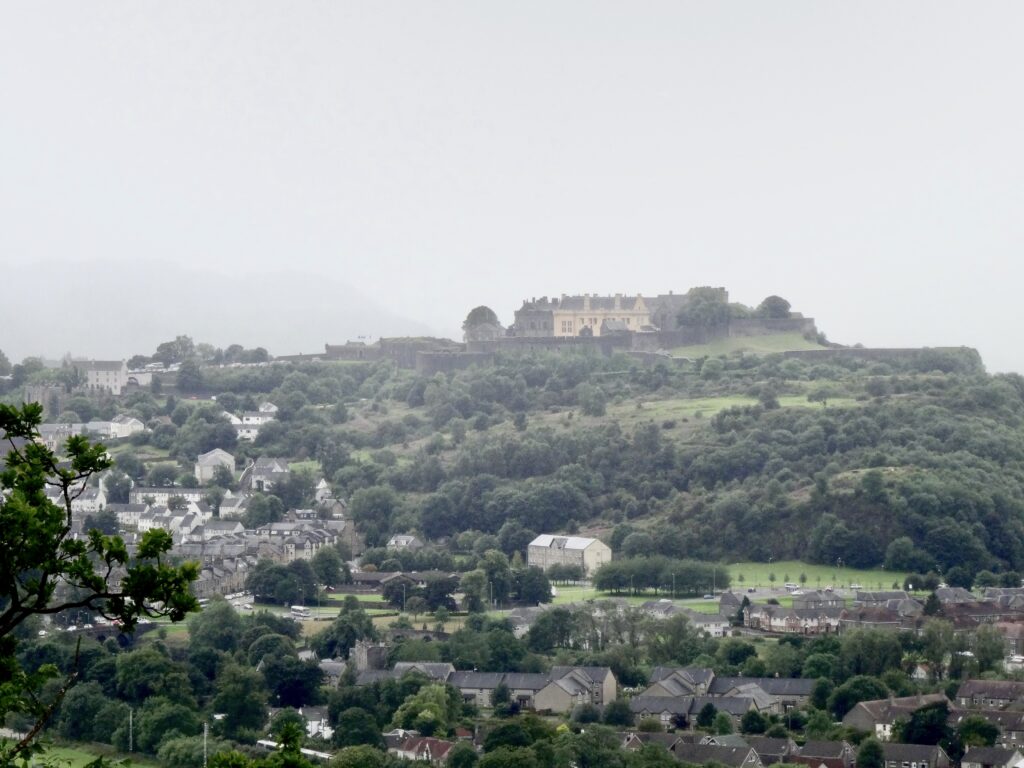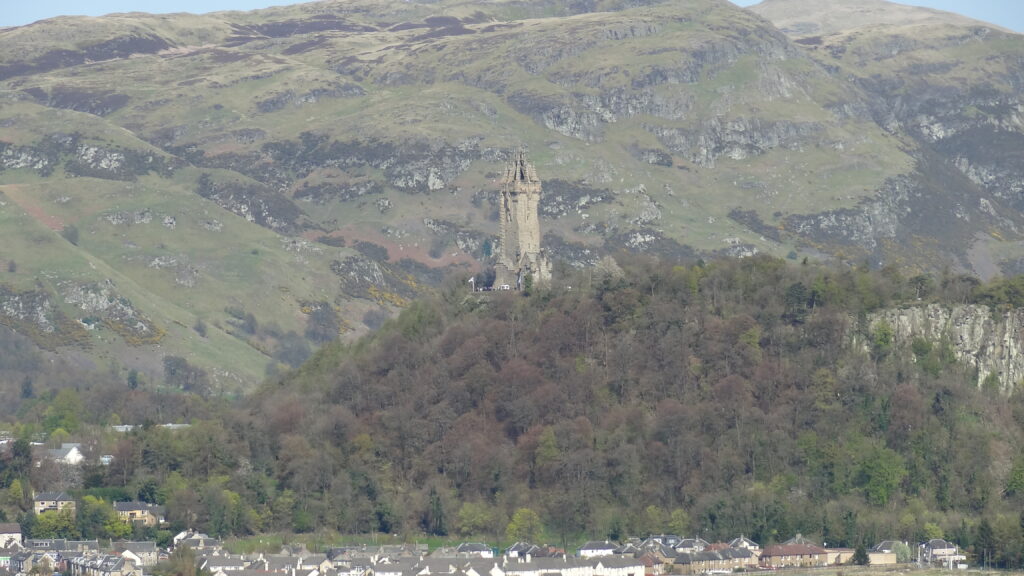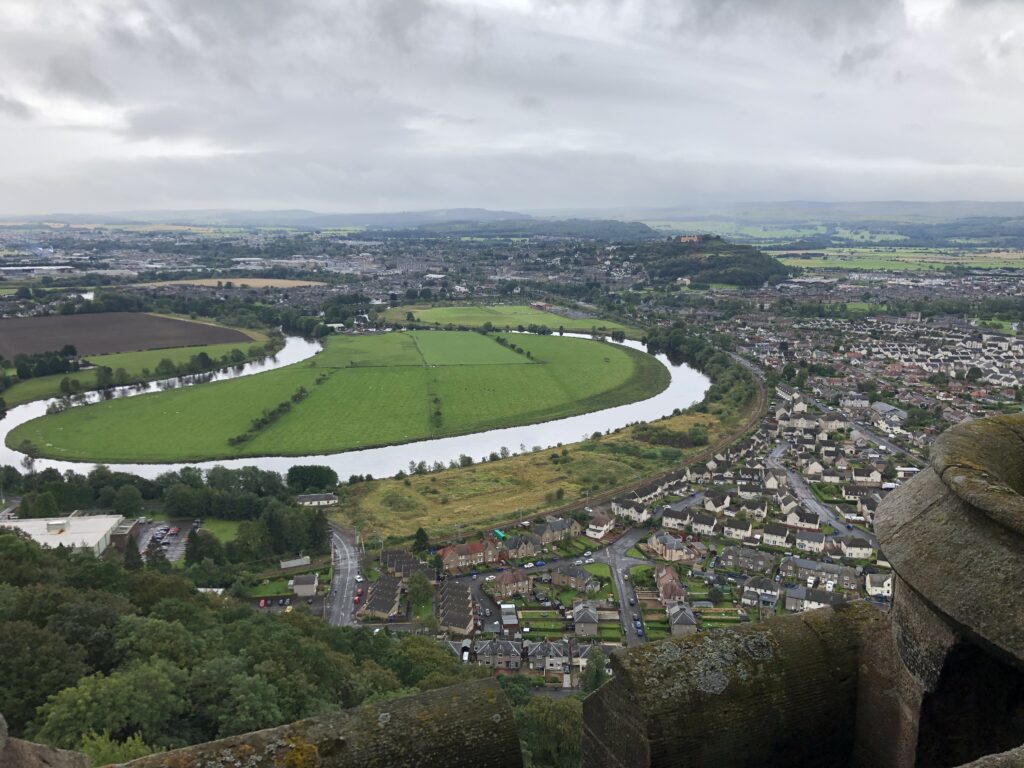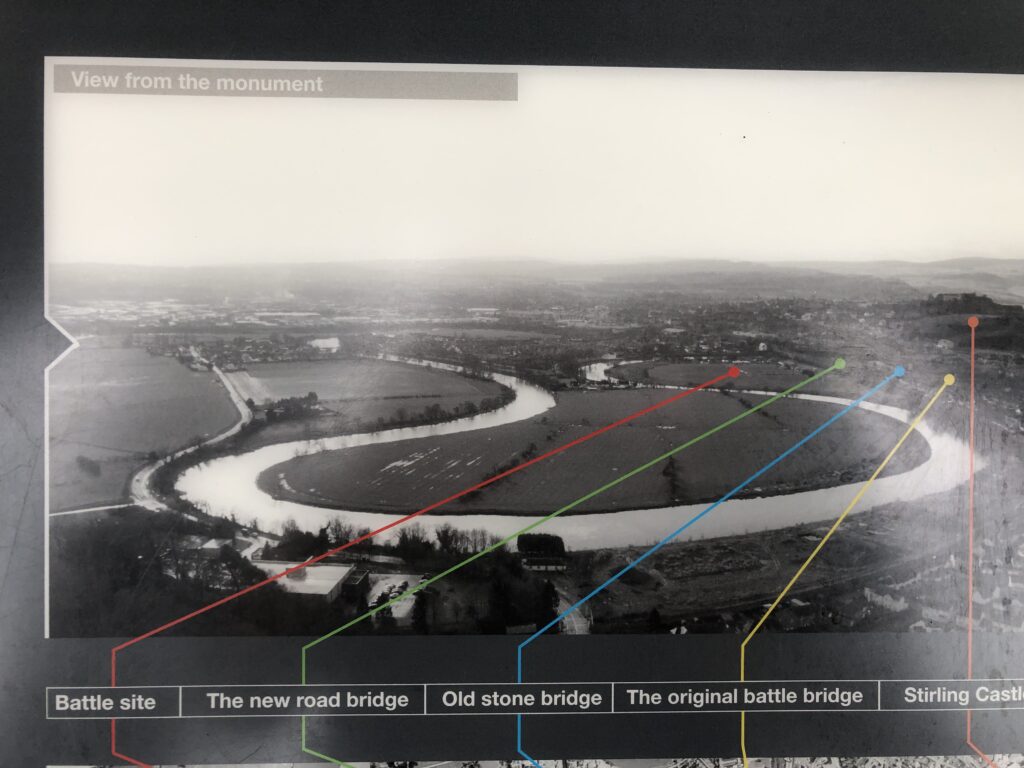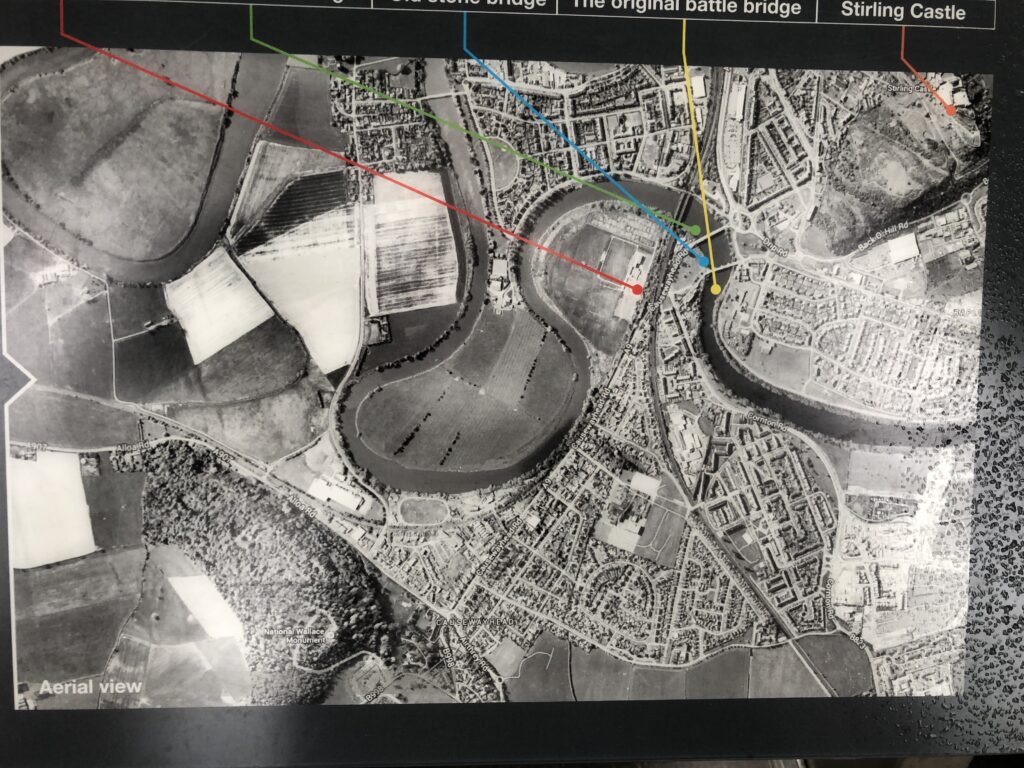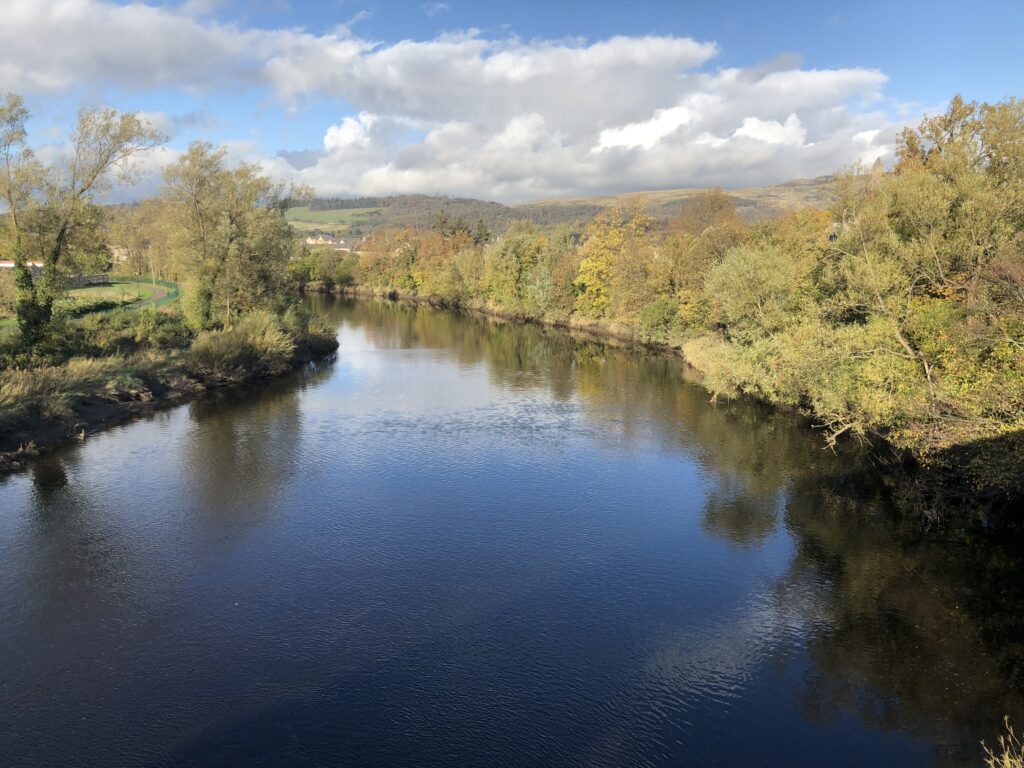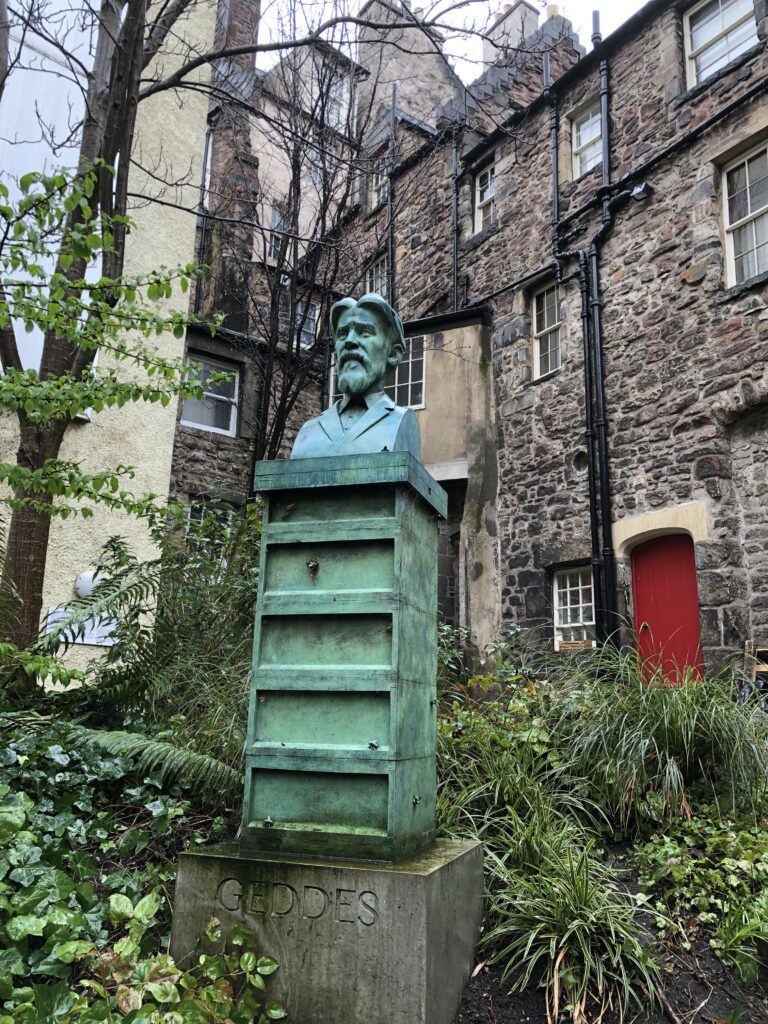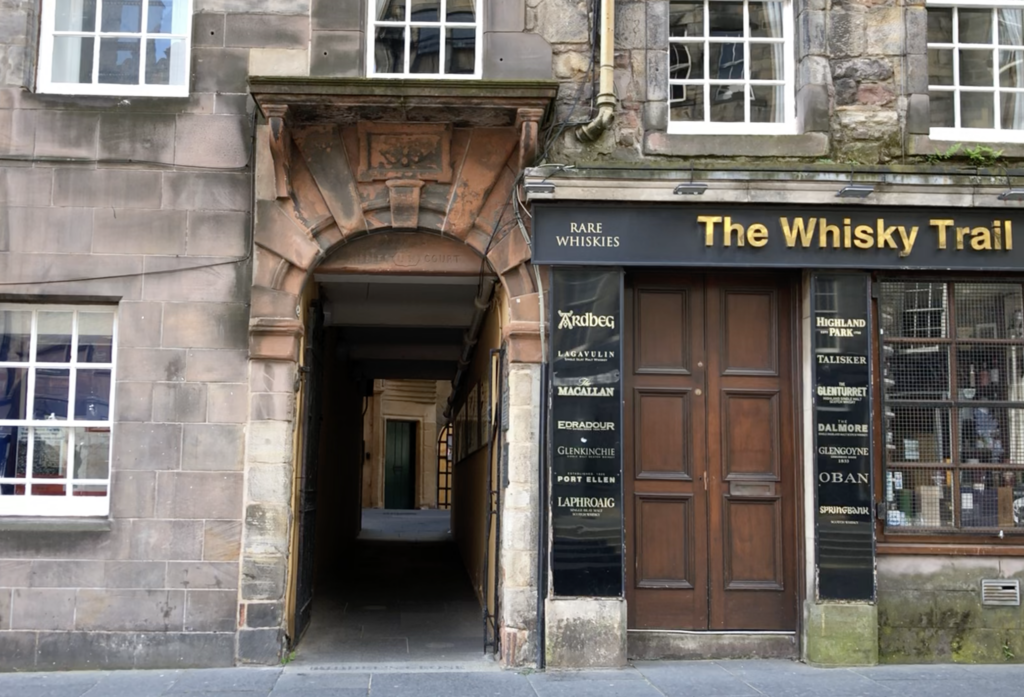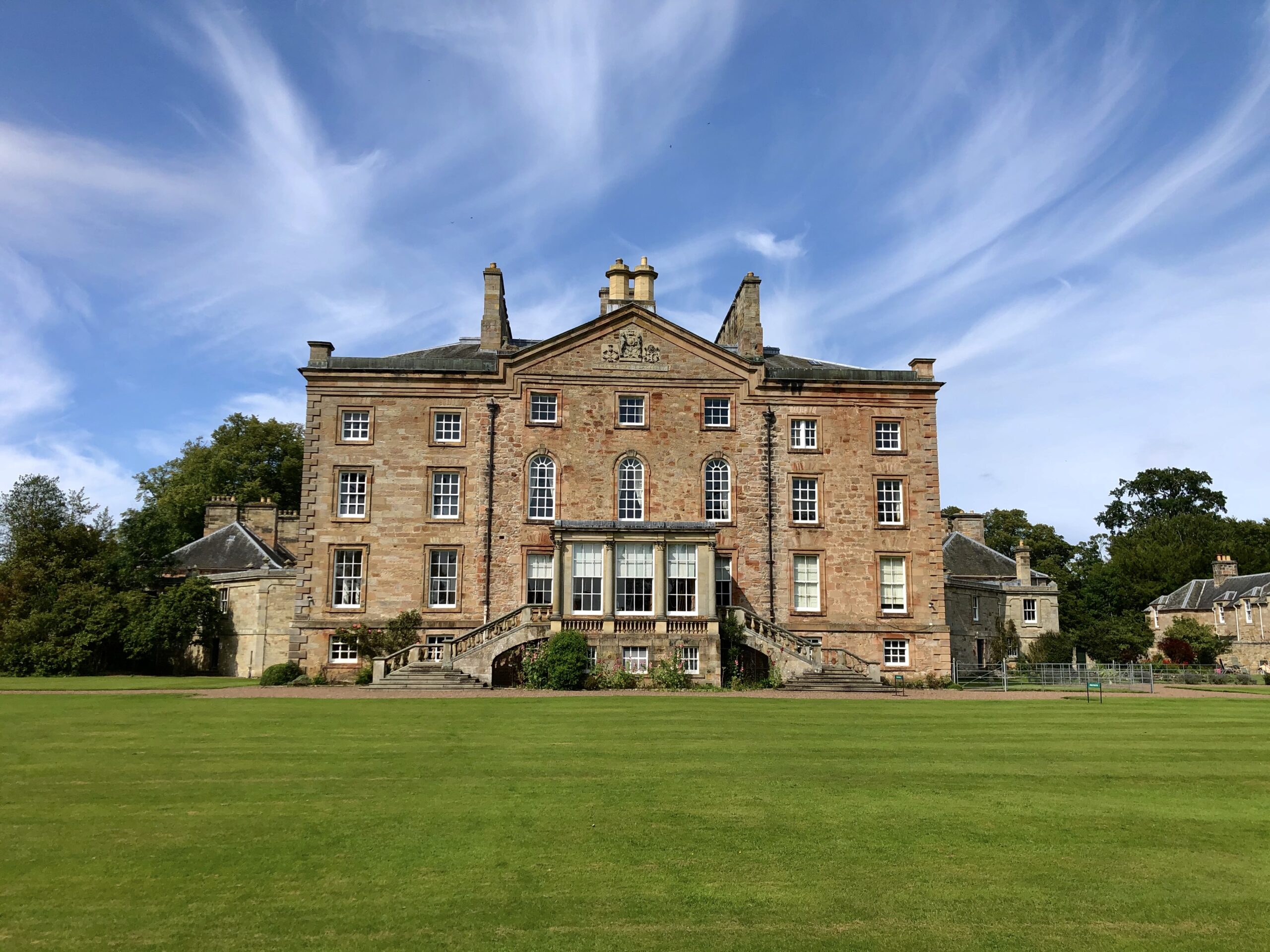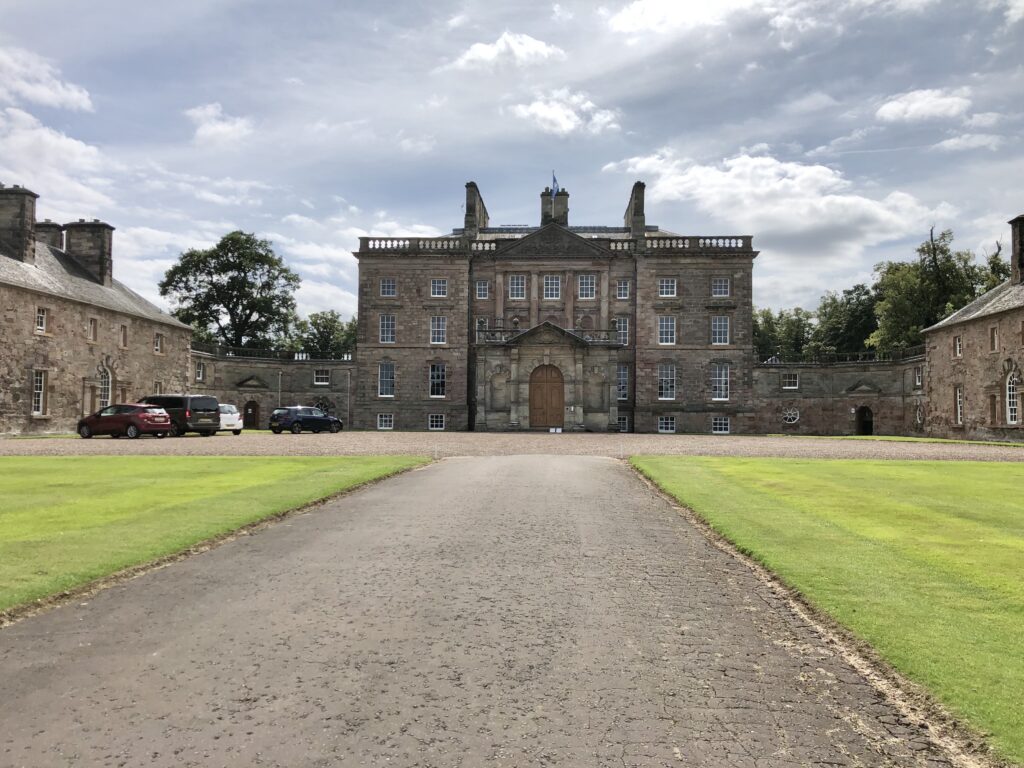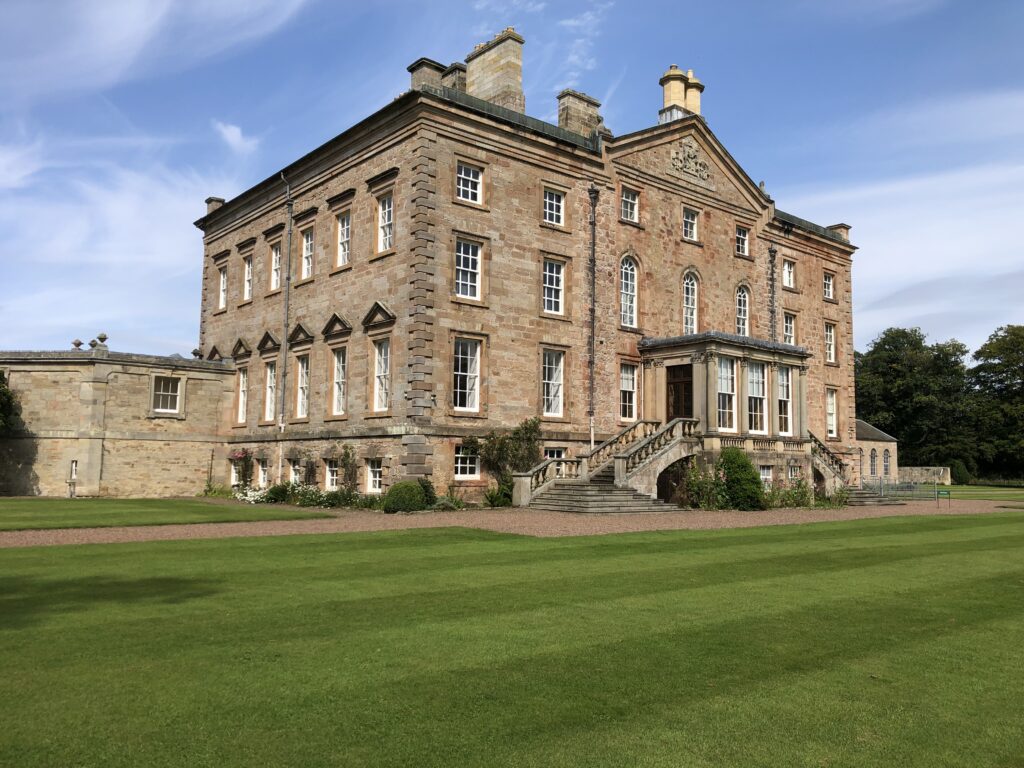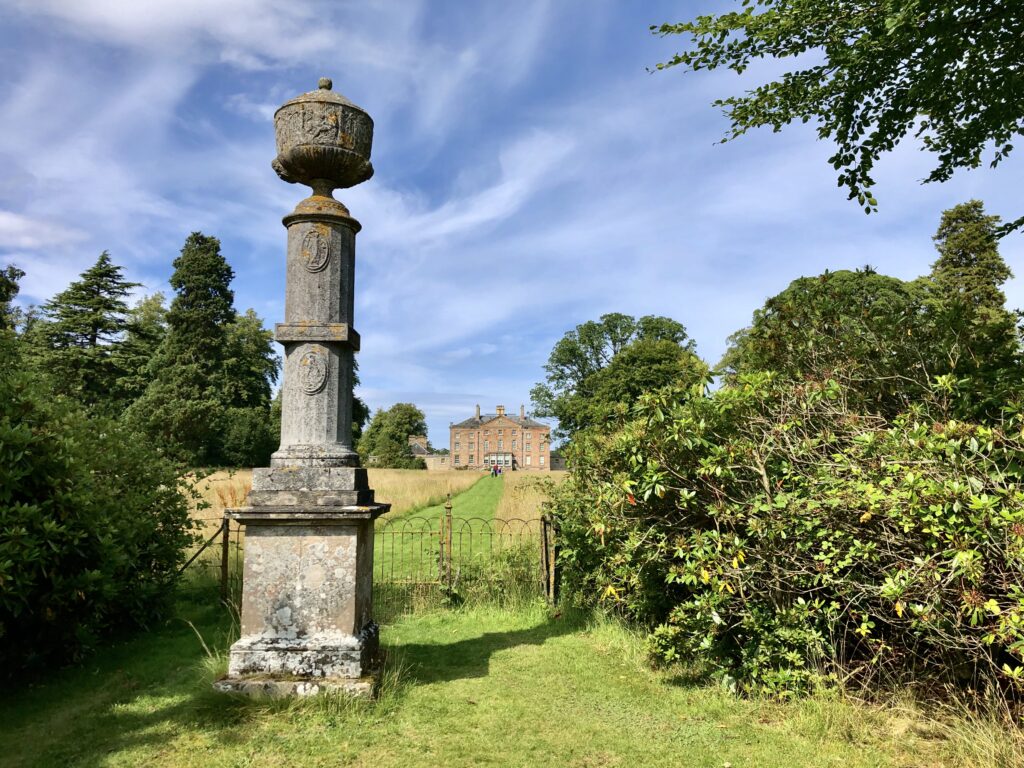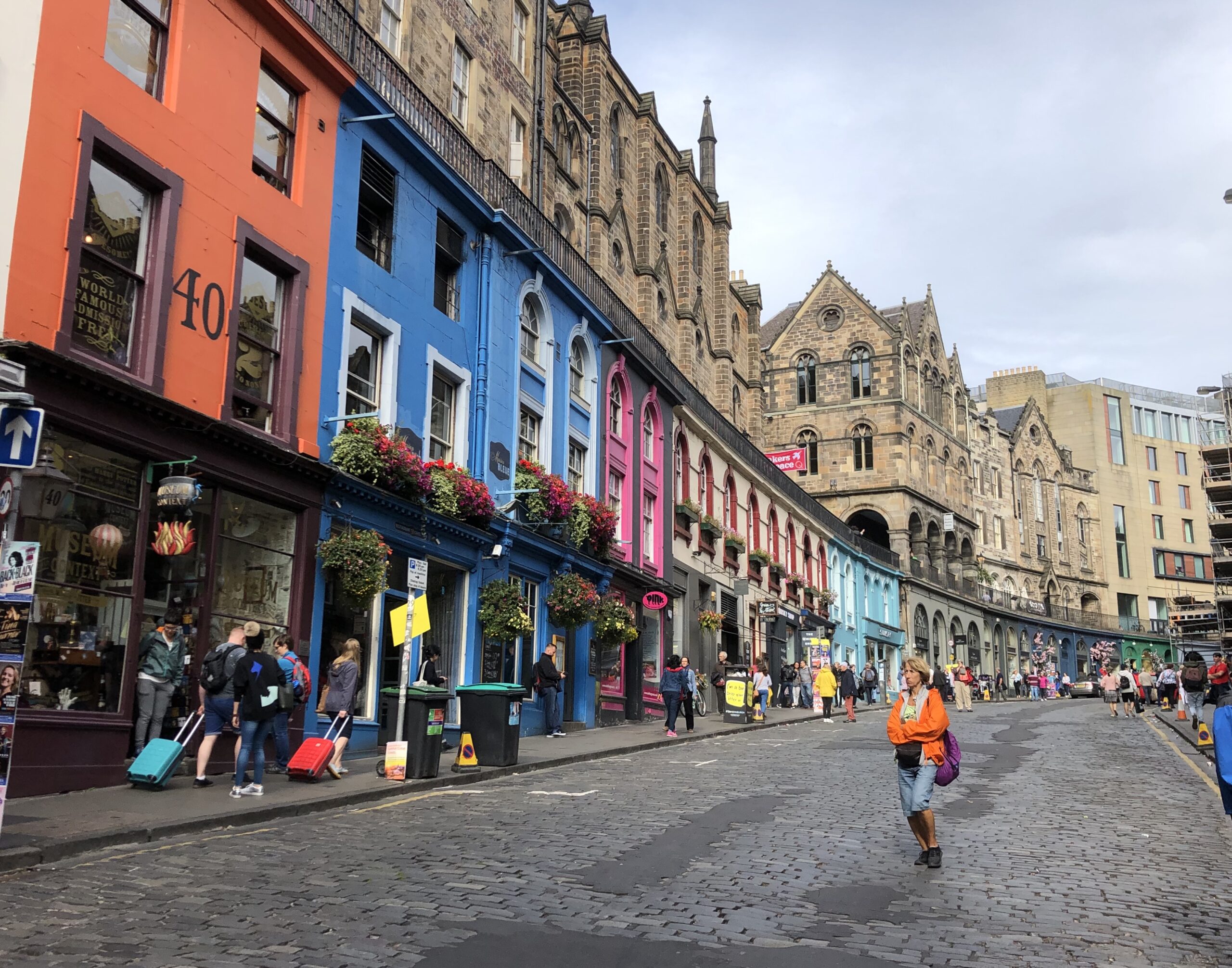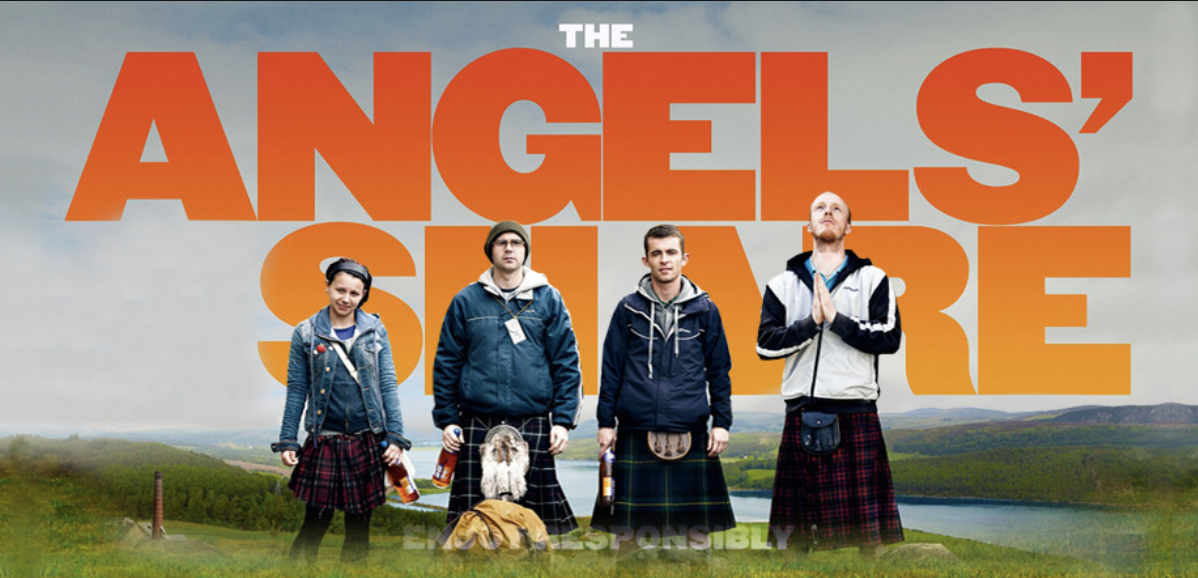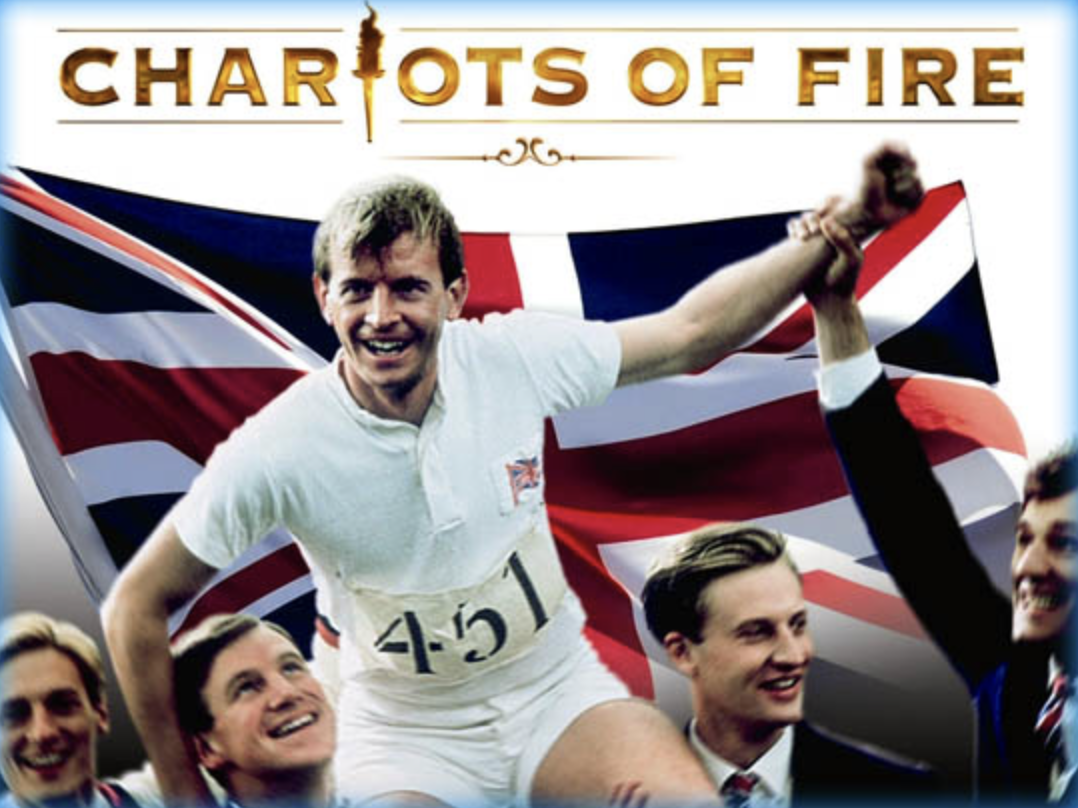HOGMANAY – A SCOTTISH NEW YEAR
It’s not hard to describe in general terms what Hogmanay is. Like most other countries, Scotland loves to see “the back of” the old year, and the seeing in of the New Year. We call it Hogmanay and it is a time for great celebration. Some say that Hogmanay is far more important to the Scots than Christmas Day itself. That is probably less so now than in years past with more emphasis on Christmas Day.
Many of the Old World traditions associated with New Year are practiced less and less. But still many from outside of Scotland want to experience a ‘true’ Scottish New Year – Hogmanay.
So, how do we celebrate Hogmanay here in Scotland? Well, you will still find that the locals will carry out their celebrations at home, normally in the company of family and friends. Food, drinking, music, dancing and even more drink make up a typical Hogmanay celebration. As we gladly say farewell to a devastating 2020, the normal celebrations to ‘see in’ the New Year will not be taking place this year. Whether it be the public celebrations in the many cities and towns, or the smaller family events, thanks to COVID-19 we won’t see the same level of celebration.
Certainly there will be a strong desire to kick this year well and truly into the back of beyond but celebrations will be different. I am sure, judging by some of my own friends, that many will be celebrating their New Year via Zoom, Facetime or any of the other digital platforms available. But there is nothing like the human contact to totally immerse yourself in the traditions of welcoming in the New Year.
THE ORIGIN OF HOGMANAY
The origin of the word Hogmanay is difficult to pin down. The three main claimants to the word itself are from the French, Norse or indeed Gaelic. With the return of Mary Queen of Scots from France it is speculatively suggested that the French word hoguinané was adopted into the Scottish dialect. The word itself means a gift given at New Year. There are other suggestions including ‘au gui mener’ meaning ‘lead to the mistletoe’ under which it is traditional to kiss loved ones.
However, there is a strong claim that the original source of the word for the French, Scots and Gaelic is in fact from the Norse. The Norse phrase Hogman aye, Troll a lay roughly translates as ‘the hill-men banish the Trolls into the sea’.
Whatever the derivation, the celebration of Hogmanay in Scotland became the main event of December. After the Protestant Reformation of the 16th century, the Presbyterians allegedly decided that the celebrations of Christmas Day were too ‘Roman Catholic’. And so more emphasis was put on celebrating the New Year.
TRADITIONAL HOGMANAY CELEBRATIONS
So historically how do/did we celebrate New Year and what are/were the customs associated with it? The most common practice is ‘first-footing’. This can only take place immediately after midnight. The idea is that the first person to cross your threshold whether it be a neighbour or family friend doesn’t come empty handed.
So, normally the ‘first-footer’ will arrive with a lump of coal to warm the house, shortbread and black bun to feed the inhabitants and a bottle of whisky to celebrate. Oh, and it’s also worth pointing out that it is tradition for the ‘first-footer’ to be tall dark-haired men. That’s why I was always pushed out the door shortly before midnight with the required gifts in hand. Then shortly after midnight I would be required to ‘chap’ on the door and I would enter and wish everyone a Happy New Year. This sequence of events could be seen taking place at doorways all along your street. Then it is most likely that you would carry on this tradition by ‘first-footing’ your neighbours or nearby family.
It was a loooooong night.
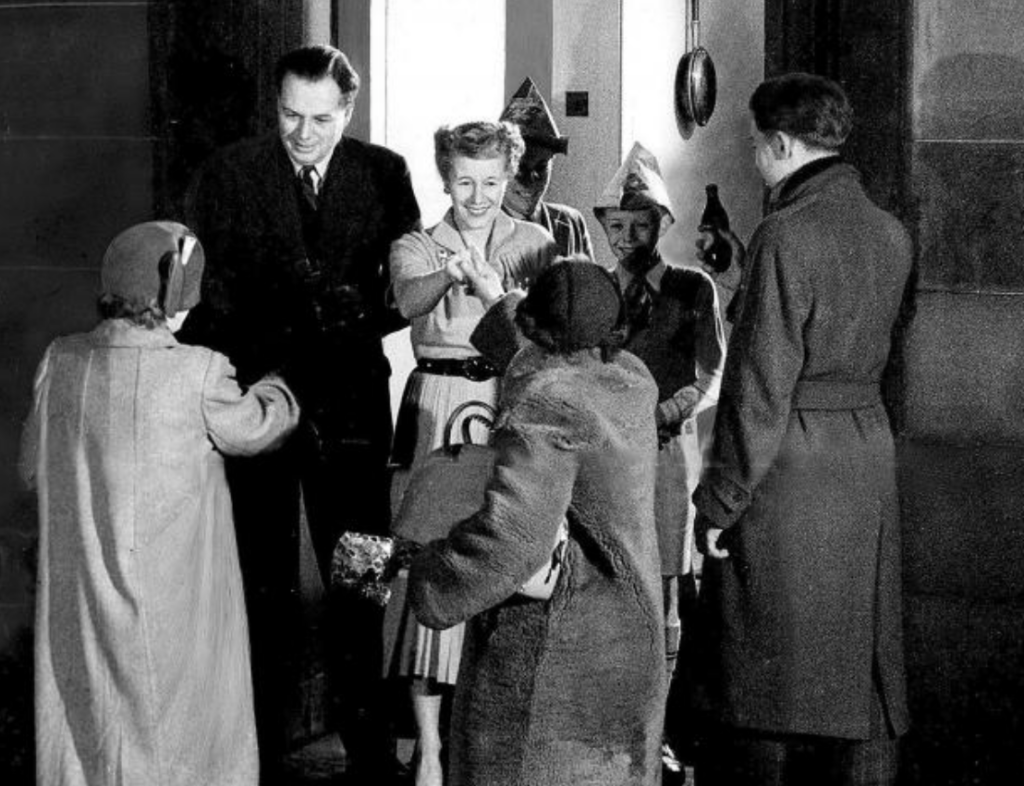
EDINBURGH’S HOGMANAY STREET PARTY
Of course, celebrating Hogmanay in Scotland has seen a resurgence in the last couple of decades particularly as overseas visitors want to experience a ‘true Scottish Hogmanay’. Edinburgh, for example, holds one of the largest street parties in the world. This event at one time was a free event with the highlight of the night being the spectacular fireworks display from Edinburgh Castle. Then it evolved into a street party with a ‘pay to enter’ event in the Princes Street Gardens with top acts performing below the Castle at the Ross Bandstand.
In 1996-1997, the Guinness Book of Records recognised Edinburgh as having the largest New Year street party with 400,000 participants.
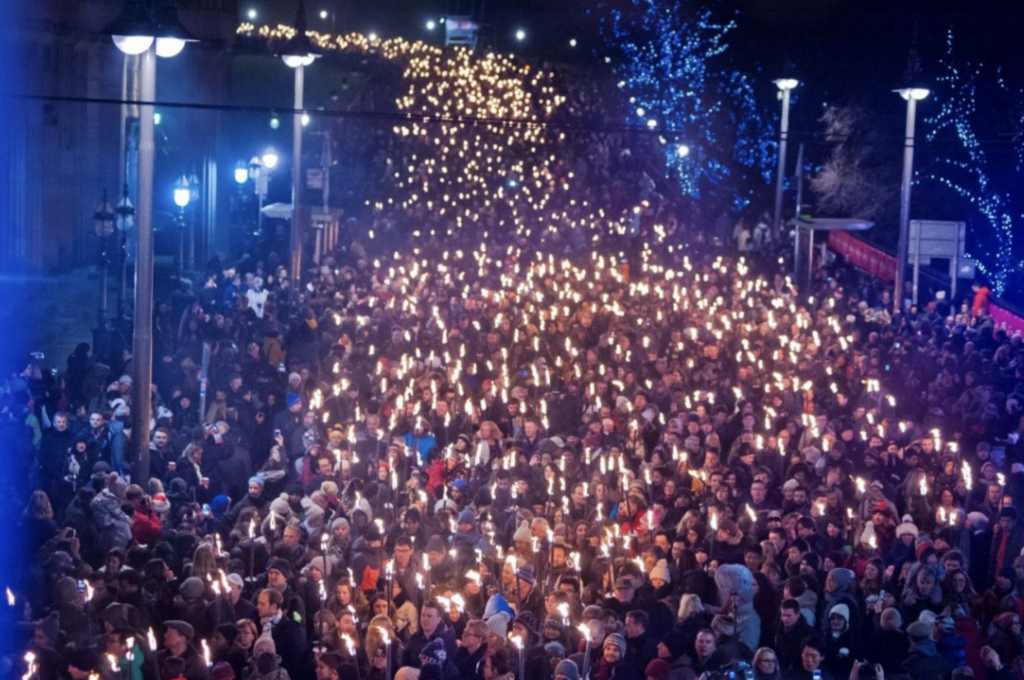
Now almost the whole of the city centre is closed off with entry only by ticket. All of the main streets are traffic-free, and there are stages at various strategic locations where bands perform. As before, the highlight of the night is the humongous firework display from Edinburgh Castle synchronised to music. It lasts approximately 20 minutes and the explosions can be heard from miles around. I live five miles outside of Edinburgh on higher ground and can not only see the fireworks but can hear them.
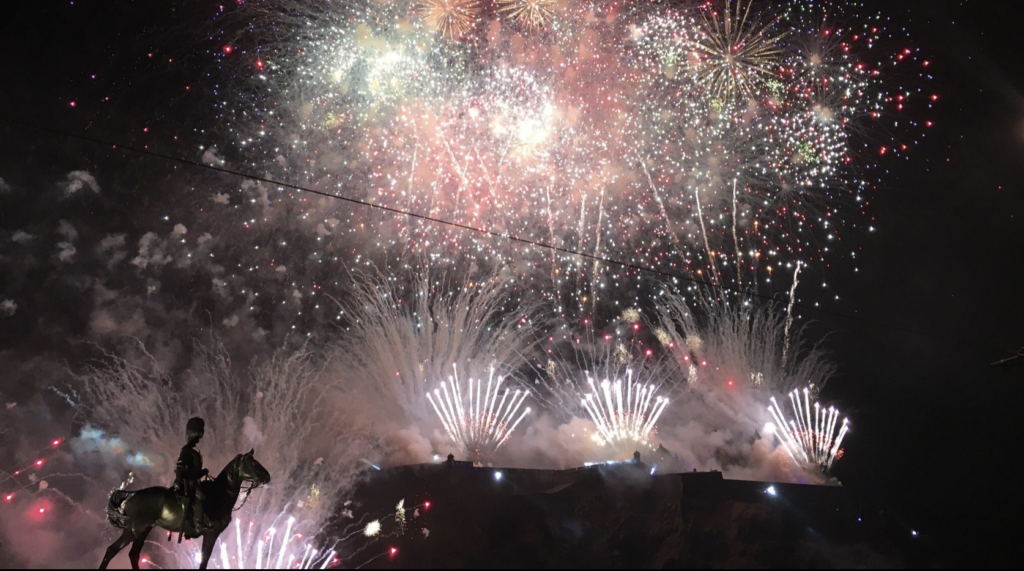
For those at home who may prefer to see in the New Year quietly, they can watch the events in Edinburgh unfold on their TV or online. The BBC and STV channels have their own respective New Year shows. Parts of the shows have been prerecorded months before. For entertainment value I think it would be fair to say that most viewers prefer it live – that way there is more chance of major ‘cock-ups’. Far more entertaining.
PERSONAL MEMORY OF HOGMANAY
So, let me take you back to the New Year of my younger days, those that I can remember. My parents loved to host a party and Hogmanay would be the highlight of their party year. Of course, up until my teenage years we weren’t allowed to stay up to watch the revelry that took place on the 31st December and into the ‘wee hours’. But we got a foretaste of how the evening was going to go.
Being a child of the 60s, I remember great music being played which everyone would be dancing to. It would be the bands of the day like the Beatles, the Rolling Stones, the Monkees. However, my Mum & Dad were both born in the 30s as were many of their friends and family and so they also liked a good jive. So, it was not uncommon to hear Billy Haley and the Comets, Little Richard, Elvis or Chubby Checker being played. When they came on you made space for my Dad as jive was definitely ‘his thing’.
In between the dancing, copious amounts would be drunk and there would be a veritable spread of food and snacks on offer. This was a joint effort by everyone attending. They would generally bring something to the table, and most would have brought their ‘kerry oot’ – or their preferred bags of booze. The kitchen would resemble the shelves of any well stocked off-licence. By the end of the night, or more likely the early hours of the morning, you would assume that a thirsty swarm of alcoholic locusts had arrived and simply ‘glugged’ everything.
Those were the days!
This year there will be no mass gatherings which is sad but without doubt necessary if we are not to overwhelm our National Health Service. But if you are still in need of a collective celebration, then head over to Edinburgh’s Hogmanay 20 website. There they have some cool short videos of iconic locations throughout Scotland celebrating everything that is great about our country and with a look forward to a better and safer 2021.
https://www.edinburghshogmanay.com
To all of you out there, have a great Hogmanay. Celebrate it in your own way and let us all raise a glass to a New Year.
Slàinte




